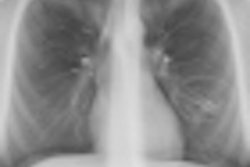Albert Overhauser, PhD, a theoretical condensed matter physicist whose fundamental work helped develop nuclear magnetic resonance, died at the age of 86 on 10 December in West Lafayette, IN, U.S.
Overhauser is best known for his fundamental contributions to understanding the physics of solids and theoretical physics. Between 1951 and 1953, as a postdoctoral research fellow, he developed a theory of dynamic nuclear polarization, which is known as the Overhauser Effect.
The nuclear Overhauser Effect is one of the most powerful tools for determining the structure of complex biological molecules such as proteins and DNA. Disciplines utilizing it include chemistry, biomedical science, clinical medicine, pharmacology, physics, plant science, and structural biology. It also was the primary element of Overhauser magnetometers, an instrument that measures magnetic field strength to a very high accuracy.
Techniques employing the effect include NOESY (spectroscopy based on the nuclear Overhauser Effect), HOESY (heterogeneous nuclear Overhauser Effect spectroscopy), ROESY (rotational frame nuclear Overhauser Effect spectroscopy), and TRNOE (transferred nuclear Overhauser Effect).
In 1994, President Bill Clinton awarded Overhauser the National Medal of Science, the highest honor bestowed on scientists by the U.S. government.



















